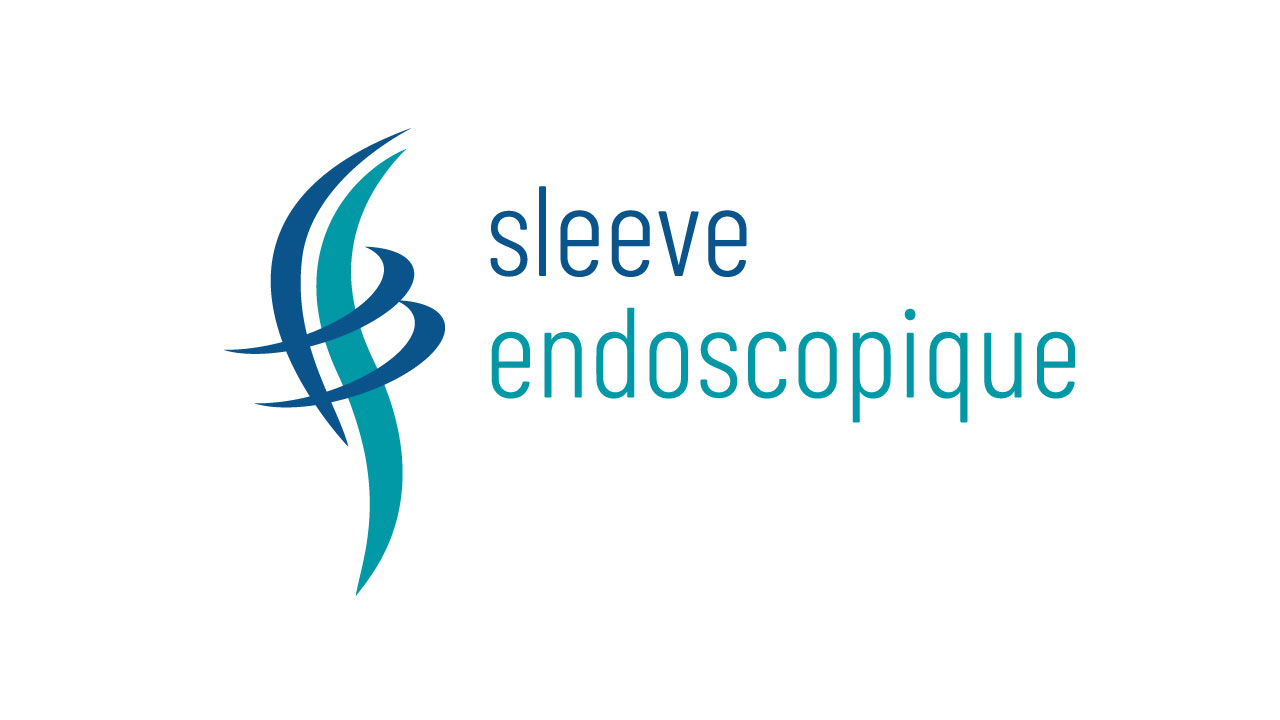Laparoscopic sleeve gastrectomy (LSG) is a straightforward procedure; however, postoperative complications can occur, such as gastric leaks (GL) and gastric stenosis (GS); endoscopic approach has been improving over the last few years, and hereby we propose a management algorithm.
Options to treat GL comprise of the following: close the leak orifice (SEMS and/or clip = Ovesco), internal drainage (pigtail or endoscopic vacuum-assisted closure = E-VAC), and widen distal diameter of the lumen (septotomy and balloon dilation).
GS could be treated by achalasia balloon dilation and/or septotomy; we can place SEMS, rarely.
This algorithm provides high success rate, although may demand multiple sessions, mainly in severe cases. However, revisional surgery (conversion from LSG to gastric bypass) could be an option in patients with difficult management of leaks.
In conclusion, endoscopic therapy commonly allows shorter in-hospital stay, especially in ICU, and shorter malnutrition and infectious alterations rates. So, these approaches to solve sleeve complications often are minimally invasive procedures.
